Once upon a time a reigning family was residing in it,
we felt it's majesty the moment we arrived with Sylvia and Andreas,
now being rediscovered as a new source for the modern
greek history with no dramas,
in which photogenic Kings and Queens of the Hellenes,
have an iconic position.
A warm welcome to the main entrance to the Palace from it's current residents, 2 super- friendly dogs -as Andreas noted: the "King" and the "Queen"
always imagining what's behind these doors.
"Our power is the love of our people" is what the King and the Queen need and it is quite obvious here.
Where once Queen Mother Frederika and the spanish Infantas were enjoying the views
now we can enjoy this too
and visit this amazing spot just outside of Athens
where unbelievable flora
and early 20th century landscape design still exist
looks like yesterday the doors of a fairy tale opened,
and relics from the past can be seen
everywhere
and then time passes and we leave it behind.

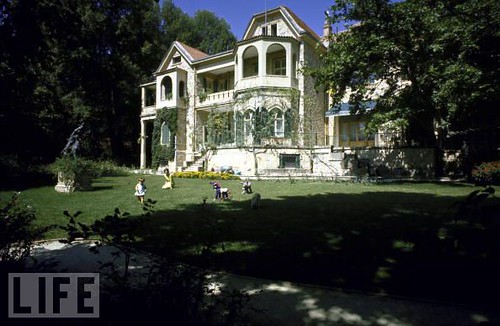
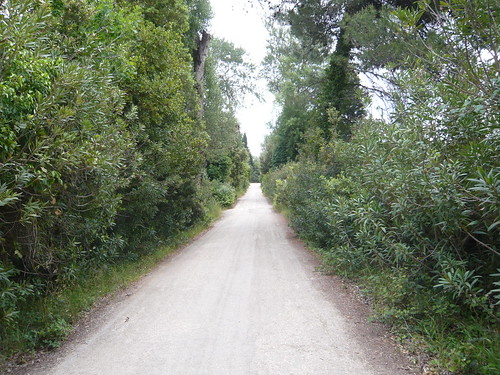

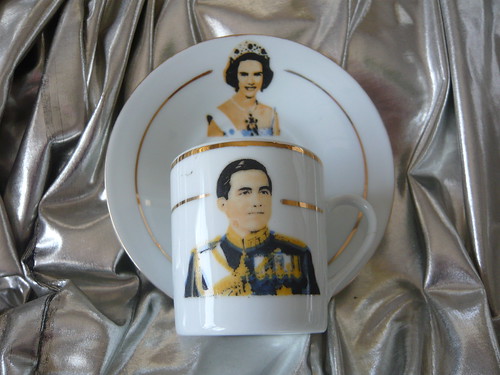
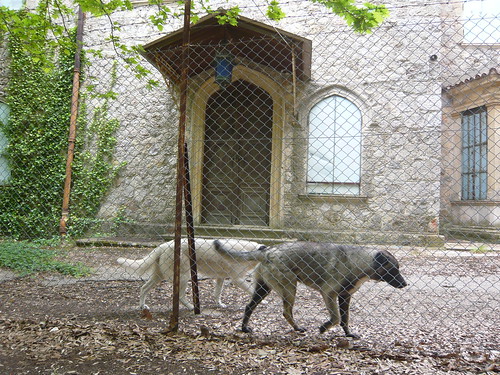
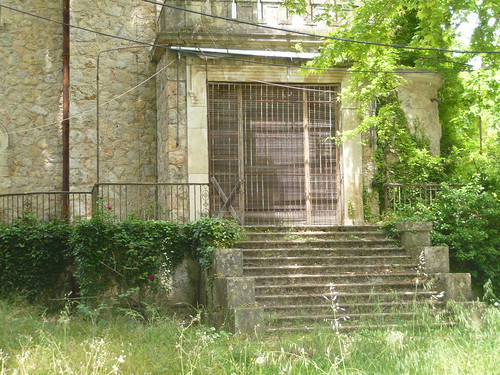
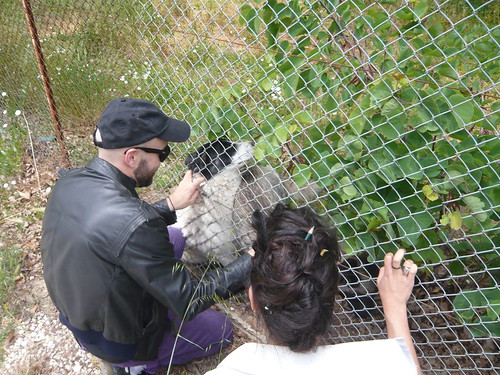
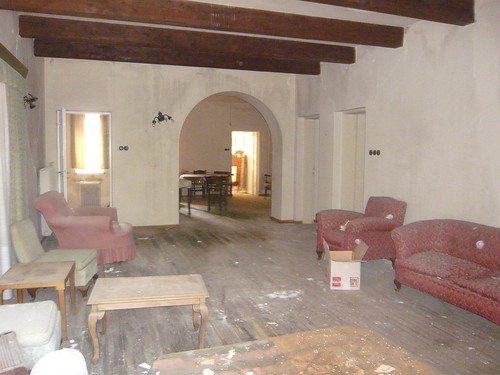
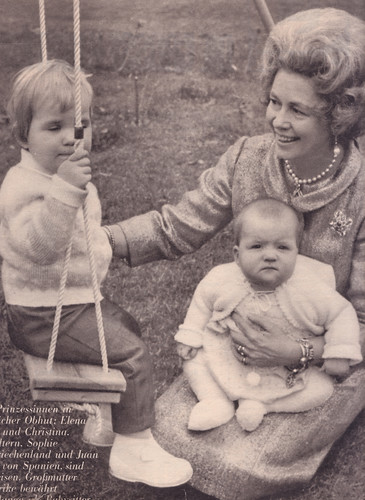
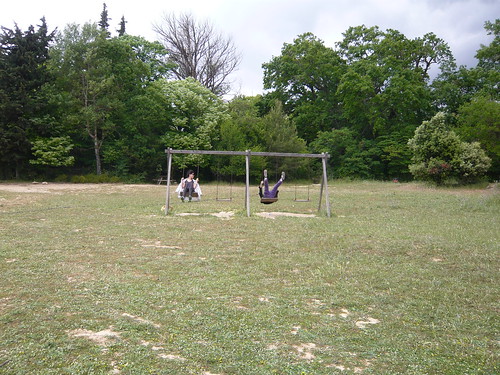
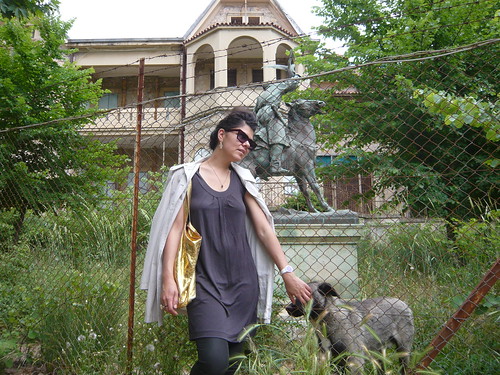
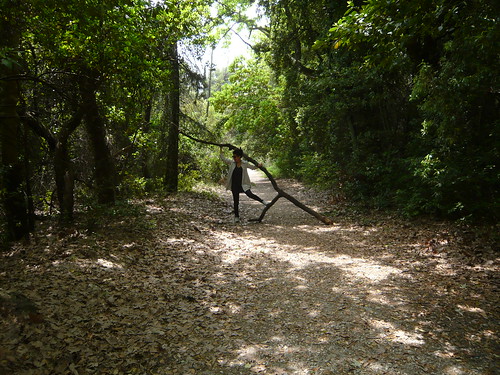
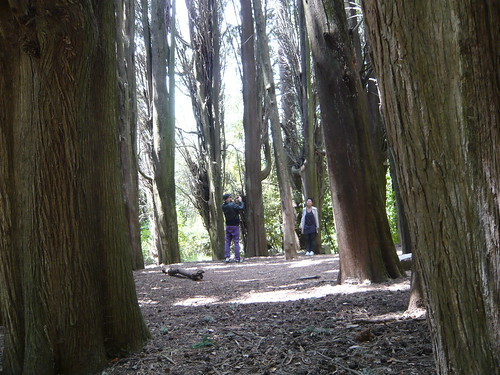
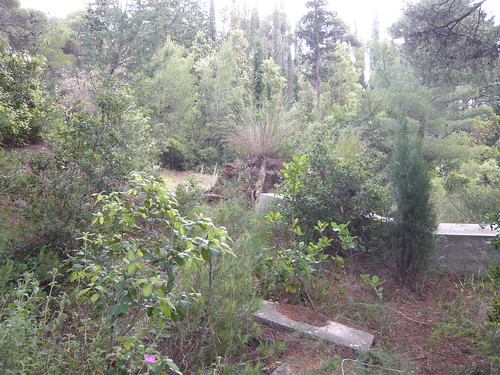
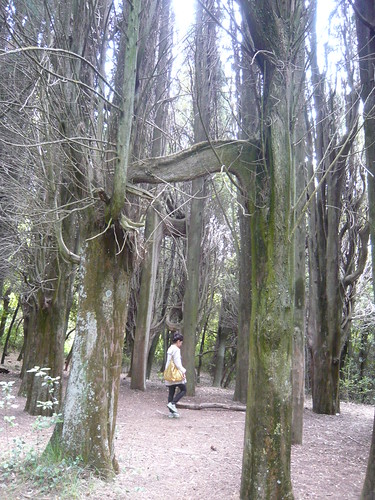
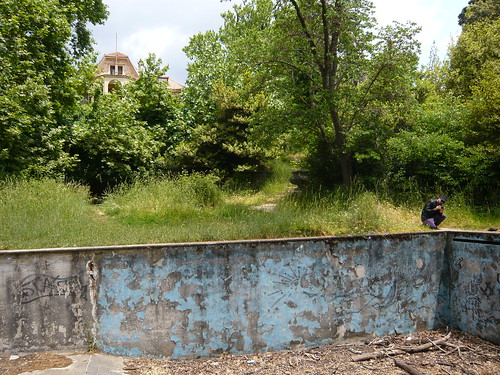
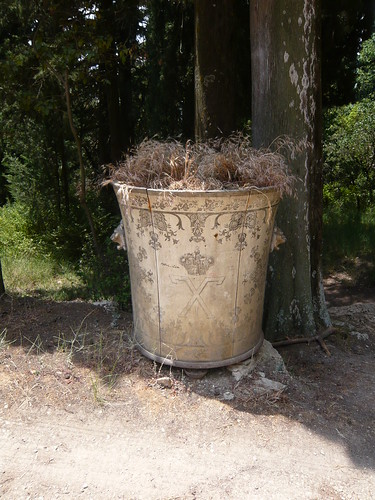
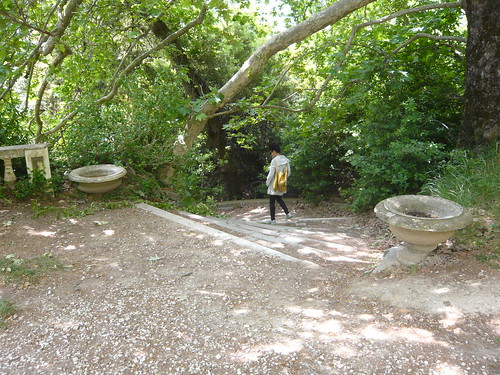
4 comments:
GEORGE I OF GREECE
Establishing a dynasty
Greek Royal Family, circa 1892
During a trip to the Russian Empire to meet with his sister Dagmar, who had married into the Russian imperial family, he met Olga Constantinovna of Russia, a direct matrilineal descendant of the Byzantine Empress Euphrosyne Doukaina Kamatera. Olga was just 16 when she married George on 27 October 1867 (Gregorian calendar), in Saint Petersburg. They had eight children:
Constantine (1868–1923), who married Princess Sophia of Prussia;
George (1869–1957), High Commissioner of Crete, who married Princess Marie Bonaparte;
Alexandra (1870–1891), who married Grand Duke Paul Alexandrovich of Russia and was the mother of Dmitri Pavlovich Romanov, an assassin of Grigori Rasputin;
Nicholas (1872–1938), who married Grand Duchess Elena Vladimirovna of Russia and was the father of Princess Marina, Duchess of Kent;
Marie (1876–1940), who married firstly Grand Duke George Mikhailovich of Russia and secondly Admiral Perikles Ioannidis;
Olga (1881), who died aged three months;
Andrew (1882–1944), who married Princess Alice of Battenberg and was the father of Prince Philip, Duke of Edinburgh; and
Christopher (1888–1940), who married firstly American widow None May "Nancy" Stewart Worthington Leeds and secondly Princess Françoise of Orléans, the mother of Prince Michael of Greece.
When alone with his wife, George usually conversed in German. Their children were taught English by their nannies, and when talking with his children he therefore spoke mainly English.[21] Intent on not letting his subjects know that he missed Denmark, he discreetly maintained a dairy at his palace at Tatoi, which was managed by native Danes and served as a bucolic reminder of his homeland.[22] Queen Olga was far less careful in hiding her nostalgia for her native Russia, often visiting Russian ships at Piraeus two or three times before they weighed anchor.[23]
The king was related by marriage to the rulers of Great Britain, Russia and Prussia, maintaining a particularly strong attachment to the Prince and Princess of Wales, who visited Athens in 1869. Their visit occurred despite continued lawlessness which culminated in the murder of a party of British and Italian tourists, which comprised British diplomat E. H. C. Herbert (the first cousin of Henry Herbert, 4th Earl of Carnarvon), Frederick Vyner (the brother-in-law of George Robinson, 1st Marquess of Ripon, Lord President of the Council), Italian diplomat Count de Boyl, and Mr. Lloyd (an engineer).[24] George's relationships with other ruling houses would assist the king and his small country but also often put them at the center of national political struggles in Europe.
where did you get this info? wiki? interesting..
looks like beautifully abandoned. Good post Angelo :)
Πραγματικο παραμύθι! Συγχαρήτηρια. Ευτύχως που υπάρχουν καλλιτέχνες και παρουσιάζονται πράγματα και "κόσμοι" με διαφορετικές ερμηνείες σε μία περίοδο τόσο πεζή και ψυχρή. Παραμένω ανώνυμος για λόγους ευνόητους αλλά συνέχισε Angelo να έχεις την οριτζιναλ φωνή σου.
Post a Comment